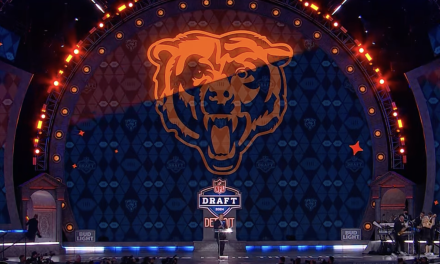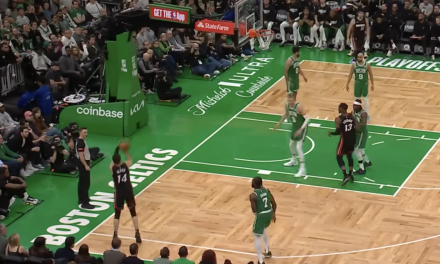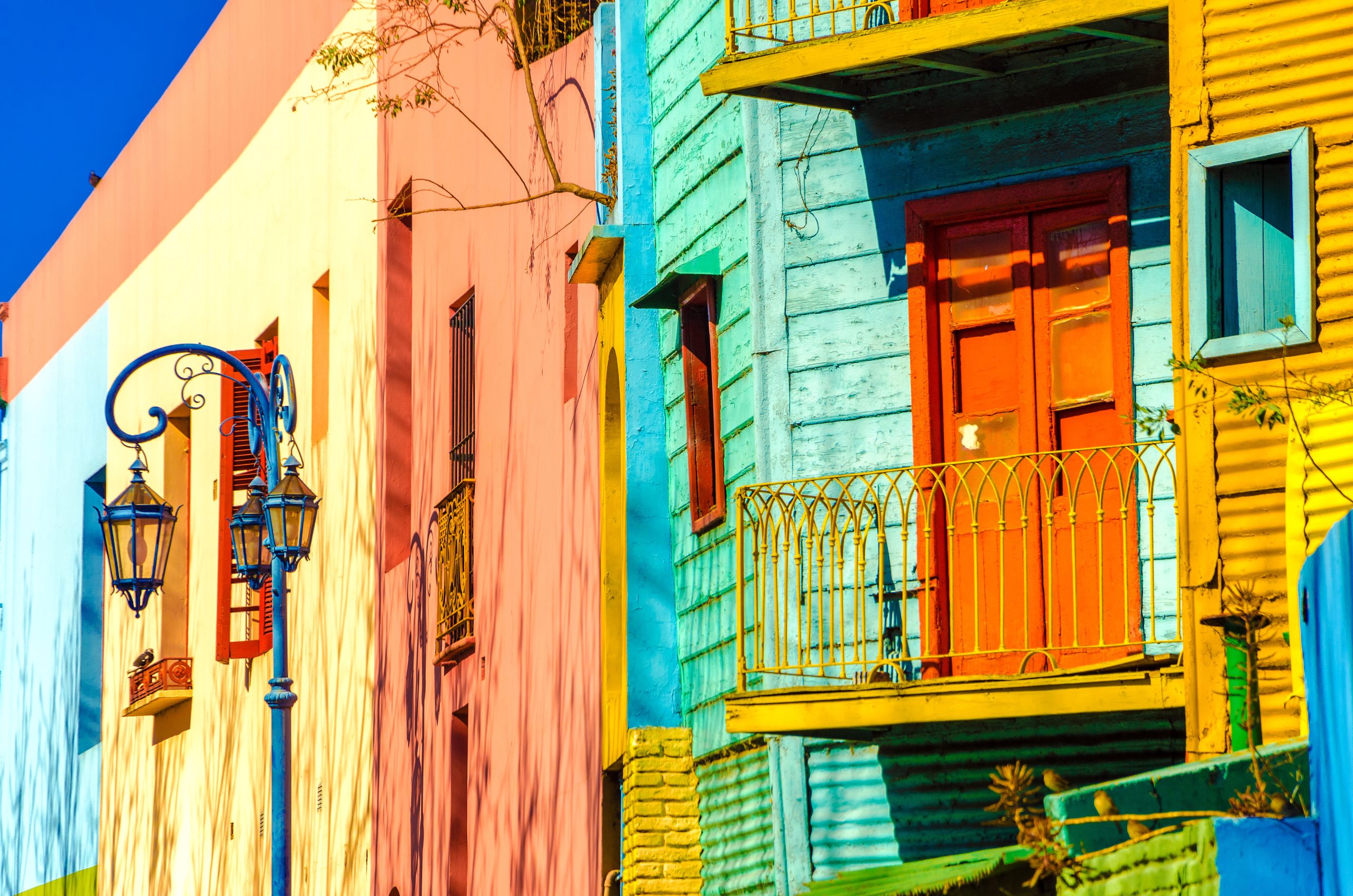Miami, with its vibrant diversity and rich cultural heritage, has long been hailed as a melting pot of unique communities and ethnicities. However, in recent years, the city has faced an alarming threat: over-development. The Miami neighborhood of Little Santo Domingo has been facing a number of challenges that have put the community on a list of the most endangered neighborhoods in the city. A surge in unchecked construction and rising rents poses a serious challenge to Miami’s unique identity and risks erasing the culturally vibrant ethnic neighborhoods that make the city so special. In this article, we will delve into the critical issues surrounding over-development in Miami and advocate for the preservation and protection of these neighborhoods.
Understanding The Threat of Over-Development
Over-development refers to the excessive construction and urbanization that often prioritizes short-term economic gain over the preservation of cultural and historical significance. While development can be a positive force for growth and progress, its uncontrolled nature can have detrimental consequences for Miami’s ethnic neighborhoods.
Common consequences of overdevelopment in the area include:
Loss of Cultural Identity
Miami’s ethnic neighborhoods, such as Little Havana, Little Haiti, and Overtown, are not mere geographical areas; they are living, breathing expressions of diverse communities’ histories, traditions, and cultural practices. Over-development, driven by gentrification and commercialization, often displaces longstanding residents, forcing them to leave their neighborhoods and disrupting the social fabric that has shaped their identities for generations. This erosion of cultural identity diminishes Miami’s unique tapestry and dilutes the sense of belonging for its residents.
Destruction of Architectural Heritage
Many ethnic neighborhoods in Miami boast architectural gems that embody the historical narratives and cultural symbols of their respective communities. These structures not only represent the physical history of the neighborhoods but also provide a visual reminder of the struggles and triumphs of the people who built them. Over-development disregards this heritage, replacing culturally significant buildings with generic high-rises or commercial spaces. This loss of architectural heritage strips the neighborhoods of their distinct character and erases tangible connections to the past.
Displacement and Socioeconomic Implications
Rapid urban development often leads to skyrocketing property prices, which in turn displaces long-time residents who can no longer afford to live in their own neighborhoods. Gentrification, a common consequence of over-development, disproportionately affects marginalized communities and exacerbates socioeconomic inequalities. Displacement disrupts established social networks, uproots families, and fragments the cohesion of ethnic neighborhoods, further eroding their cultural vibrancy.
The Importance of Culturally Vibrant Ethnic Neighborhoods
Ethnic neighborhoods serve as cultural incubators, fostering the transmission of traditions, language, art, and cuisine across generations. These vibrant communities are vital to preserving Miami’s identity as a multicultural city and should be cherished and protected. Ethnic neighborhoods often support small, locally-owned businesses that are deeply rooted in their communities. These businesses contribute to the local economy, providing employment opportunities and fostering entrepreneurship within ethnic minority populations. By protecting these neighborhoods, Miami can nurture sustainable economic growth that uplifts its diverse population. Ethnic neighborhoods act as social anchors, fostering a strong sense of belonging and solidarity among their residents. These communities provide a support system that helps individuals navigate the challenges of living in a new country or preserving their cultural heritage. By preserving ethnic neighborhoods, including Latino communities like Little Santo Domingo, the city of Miami can cultivate inclusivity, social cohesion, and intercultural understanding, strengthening the city’s social fabric.
The Fight to Protect Ethnic Neighborhoods
Preserving Miami’s culturally vibrant ethnic neighborhoods requires concerted efforts from various stakeholders, including residents, community organizations, city officials, and urban planners. Residents of ethnic neighborhoods should be active participants in decisions concerning their communities. Engaging residents through community meetings, participatory planning, and the inclusion of local voices in development projects can ensure that their interests are considered and that their neighborhoods’ unique character is preserved. Implementing appropriate zoning regulations and historical preservation measures can provide legal protections to ethnic neighborhoods. These measures can restrict excessive development, encourage the preservation of historic buildings, and incentivize the maintenance of cultural heritage. Collaboration between city officials, urban planners, and community organizations can ensure that these regulations are effectively enforced and adapted to address the needs of specific neighborhoods.
Balancing Economic Development and Cultural Preservation
While economic development is crucial for the growth of any city, it must not come at the expense of cultural preservation. Achieving a balance between economic progress and the protection of ethnic neighborhoods requires careful consideration, including incentives for responsible development, affordable housing initiatives, and support for small businesses that contribute to the cultural fabric of the communities. Miami’s ethnic neighborhoods embody the city’s rich cultural tapestry and heritage. Over-development threatens to erase the vibrant traditions, historical landmarks, and distinct identities that make these neighborhoods so unique. By recognizing the perils of over-development and advocating for the preservation and protection of culturally vibrant ethnic neighborhoods, we can ensure that Miami remains a diverse and culturally enriching city for generations to come. It is our responsibility to fight for the soul of Miami and protect communities like Little Santo Domingo, which is a living testament to the city’s multicultural values.
Collaboration and Partnerships
Preserving culturally vibrant ethnic neighborhoods in Miami requires collaboration and partnerships between various stakeholders. The following are key actors who can contribute to the fight for protection Furthermore, community organizations and activists play a vital role in advocating for the preservation of ethnic neighborhoods. They raise awareness, organize grassroots movements, and lobby for policies that prioritize cultural preservation and community empowerment. These organizations often work closely with residents to identify specific needs, concerns, and strategies to protect their neighborhoods. City officials and urban planners have the power to shape development policies and zoning regulations that can protect ethnic neighborhoods. They should actively engage with community members, conduct thorough assessments of the cultural significance of neighborhoods, and incorporate community input into urban planning decisions. By prioritizing cultural preservation in their policies, city officials can ensure that development aligns with the needs and desires of the communities it affects.
Private Developers and Investors
Private developers and investors can also contribute to the preservation of cultural heritage. By incorporating elements of the existing neighborhood into their developments, such as preserving historic buildings or providing spaces for local businesses, developers can create symbiotic relationships that promote both economic growth and cultural preservation. Raising awareness among residents, visitors, and the wider public about the importance of ethnic neighborhoods is crucial for garnering support and fostering a sense of collective responsibility. Educational initiatives, cultural events, and heritage tours can showcase the value of these neighborhoods and create connections between different communities. This increased understanding can help build a broader coalition of individuals invested in preserving Miami’s cultural diversity. By recognizing the threats posed by over-development, valuing cultural heritage, and prioritizing the needs and aspirations of residents, Miami can ensure that its diverse communities continue to thrive and contribute to the city’s unique identity. Through collective action and ongoing commitment, we can preserve Miami’s cultural tapestry for future generations, fostering inclusivity, pride, and a sense of belonging for all residents.
Looking Ahead: Strategies for the Future
To effectively combat over-development and protect culturally vibrant ethnic neighborhoods in Miami, it is essential to implement long-term strategies that prioritize cultural preservation and community well-being.
The following strategies can serve as a roadmap for the future:
Comprehensive and Culturally Inclusive Urban Planning
Develop a comprehensive urban planning framework that incorporates cultural preservation as a core principle. This framework should consider the unique needs of ethnic neighborhoods, including affordable housing, community spaces, and the preservation of historic landmarks. By integrating these elements into urban planning, Miami can strike a balance between development and cultural preservation.
Affordable Housing Initiatives
Implement affordable housing initiatives specifically tailored to the needs of ethnic neighborhoods. This can include rent control measures, the creation of community land trusts, or the development of affordable housing units reserved for long-time residents. Ensuring that housing remains accessible to diverse income groups will help prevent displacement and maintain the social fabric of these neighborhoods.
Inclusive Economic Development Strategies
Promote inclusive economic development that supports small businesses and encourages entrepreneurship within ethnic communities. This can be achieved through financial incentives, business support programs, and fostering connections between residents and local markets. By nurturing economic opportunities within these neighborhoods, Miami can create a sustainable model that benefits both residents and the broader community.
Cultural Heritage Preservation Programs
Establish cultural heritage preservation programs that actively identify and protect significant landmarks, buildings, and traditions within ethnic neighborhoods. These programs can include historical designation, grants for building preservation, and initiatives to safeguard intangible cultural heritage. By valuing and preserving cultural assets, Miami can ensure the continuity of its diverse heritage.
Public-Private Partnerships
Foster collaborations between public entities, private developers, and community organizations to promote responsible development practices. Encouraging private developers to incorporate cultural elements, such as maintaining historic facades or integrating local artwork, can help retain the authentic character of ethnic neighborhoods. Public-private partnerships can also facilitate the provision of community spaces, parks, and cultural centers that enhance the quality of life for residents.
Education and Cultural Exchange
Invest in educational programs and cultural exchanges that foster understanding, appreciation, and celebration of the diverse cultures present in Miami’s ethnic neighborhoods. By promoting intercultural dialogue and knowledge sharing, Miami can build bridges between communities and foster a sense of pride and respect for cultural differences. Preserving Miami’s culturally vibrant ethnic neighborhoods in the face of over-development is a complex and pressing challenge. However, with a holistic approach that prioritizes cultural preservation, community engagement, and sustainable urban planning, Miami can navigate this critical issue. By recognizing the intrinsic value of ethnic neighborhoods and the importance of cultural diversity, Miami can maintain its unique identity as a multicultural city. It is essential that all stakeholders come together to protect these neighborhoods, ensuring their longevity for generations to come and creating a vibrant and inclusive Miami for all residents.
Preserving the Heartbeat of Communities: The Importance of Protecting Culturally and Economically Vibrant Neighborhoods Nationwide

Economic Significance
Beyond their cultural value, vibrant neighborhoods contribute significantly to the local and national economies. These areas often serve as incubators for small businesses, artisans, and entrepreneurs, creating a fertile ground for economic growth. By protecting these neighborhoods, we provide stability and support to local enterprises, helping them thrive in an increasingly competitive market. Additionally, these vibrant areas attract tourists and visitors, stimulating tourism, generating revenue, and enhancing the overall economic prosperity of the region.
Culturally and economically vibrant neighborhoods act as gathering places, fostering social interaction and community bonding. These areas offer public spaces, community events, and cultural festivals that bring people from different backgrounds together. The exchange of ideas, traditions, and experiences within these neighborhoods encourages tolerance, understanding, and empathy among diverse groups. This social cohesion strengthens the social fabric of our society, promoting harmony and building stronger, more resilient communities. One of the greatest threats to culturally and economically vibrant neighborhoods is gentrification, which can displace long-time residents and erode the neighborhood’s cultural identity. It is crucial to implement policies and initiatives that protect these communities from displacement while fostering sustainable development. Balancing the need for economic growth with the preservation of cultural heritage requires thoughtful urban planning, affordable housing initiatives, and community engagement to ensure that the benefits of growth are shared equitably among all residents. Preserving culturally and economically vibrant neighborhoods is not only a matter of sentimental value but also crucial for the holistic development of our society. Across the country, these neighborhoods contribute to our cultural heritage, economic growth, social cohesion, and architectural preservation. By recognizing the significance of these vibrant spaces and implementing measures to protect them, we can ensure the sustainability and well-being of our communities for generations to come. Let us champion the cause of preserving these invaluable neighborhoods, for they are the lifeblood that keeps our communities thriving.

































South Florida Media Comments